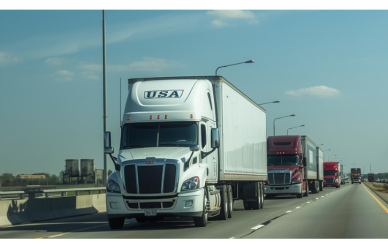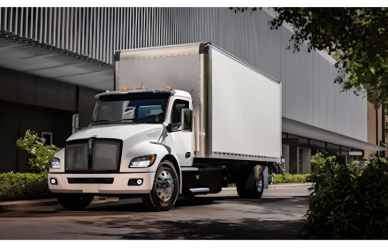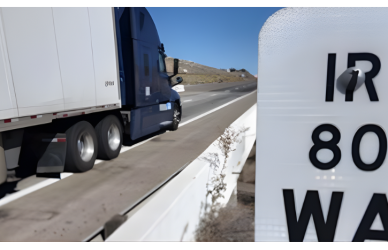TuSimple’s study reveals significant fuel efficiency improvements with autonomous trucks.
According to the findings, TuSimple’s Level 4 (L4) autonomous technology consistently outperformed manual driving, with an overall fuel efficiency advantage of 11%. In some cases, the advantage reached as much as 27%. These results align with previous tests conducted by TuSimple.
“Across the trucking industry, fleets and shippers are seeking ways to reduce fuel costs and limit greenhouse gas emissions for on-road vehicles, so we set out to evaluate how our L4 autonomous technology could help meet these objectives,” said Cheng Lu, president and CEO, TuSimple.
“While there is general industry consensus that autonomous vehicles’ smoother and more preemptive driving patterns can offer safety benefits, we now can clearly demonstrate the technology also reduces fuel consumption, which is better for the bottom line and the environment.”
How Fuel Savings was Calculated
TuSimple analyzed over 30,000 miles of highway driving, half of which was done manually and the other half autonomously. Their goal was to compare the fuel efficiency of their professional drivers to their autonomous driving system.
The main focus of the study was to measure the actual improvement in fuel economy for long-haul trucks, as highway operations make up a significant part of their driving. TuSimple also wanted to identify the specific conditions in which their autonomous driving technology excelled in improving fuel efficiency, considering the different scenarios and operating conditions.
As part of the study, TuSimple developed a “Fuel and Emissions Savings” calculator. This tool allows fleet owners and operators to input their fleet size and annual miles driven, and it calculates both fuel savings and the reduction in carbon emissions resulting from an 11% increase in fuel efficiency.
Source: Trucking Info











